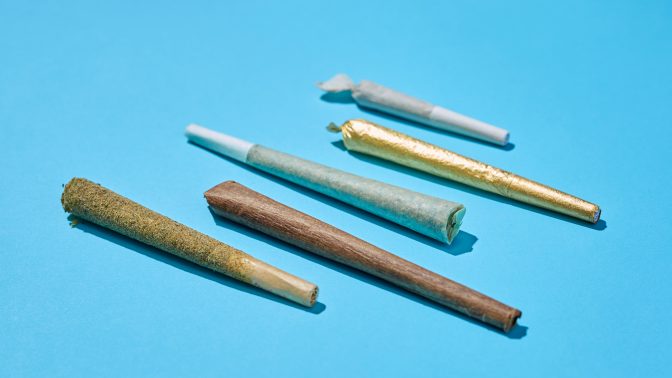A study published in the peer-reviewed journal Addiction adds to a growing body of research finding that opioid prescriptions decline after cannabis is legalized.
Researchers from the University of California, San Diego in California and Weill Cornell Medical College in New York on Tuesday, July 10, 2018, published “Medical cannabis legalization and opioid prescriptions: evidence on US Medicaid enrollees during 1993‐2014” and concluded that “Statewide medical cannabis legalization appears to have been associated with reductions in both prescriptions and dosages of Schedule III (but not Schedule II) opioids received by Medicaid enrollees in the US.”
Statewide medical cannabis legalization appears to have been associated with reductions in both prescriptions and dosages of Schedule III (but not Schedule II) opioids received by Medicaid enrollees in the US. Click To TweetThe study researchers analyzed secondary data of state‐level opioid prescription records from 1993‐2014 Medicaid State Drug Utilization Data. These were drug prescription records for patients enrolled in fee‐for‐service Medicaid programs mainly providing health care coverage to low-income and disabled patients.
“We tested the hypothesis that legalizing medical cannabis was associated with reductions in opioids received by Medicaid enrollees, a priority group with an excessive burden of chronic pain and high risks for opioid misuse and overdose,” according to the study researchers.
They found that statewide medical cannabis legalization implemented in 1993 to 2014 in the United States was associated with nearly 30 percent reductions in Schedule III opioids received by Medicaid enrollees. However, the legalization was not associated with changes in Schedule II opioids – including hydrocodone-combination drugs such as Vicodin and Lortab – and which accounted for 94.5 percent of all opioid prescriptions in 2014. The top Schedule II opioids were those containing hydrocodone and oxycodone, while the top Schedule III opioids were those containing codeine.
The study, however, found that while cannabis legalization mainly impacted Schedule III opioid prescriptions, which account for less than 5 percent of Medicaid opioid prescription spending, its impact on overall spending is limited.
“Even if we extrapolated the estimated savings for fee-for-service enrollees to managed care program enrollees, the total annual savings combined would be only $34 million, a modest portion in the total Medicaid spending of $497 million in 2014,” according to the study authors.
This is just the latest in a series of marijuana legalization and opioid use studies.

Many studies have explored the cannabis-opioid relationship
This study follows others recently published in the Journal of the American Medical Association's Internal Medicine publication finding associations between cannabis laws and the prescribing of opioids.
In “Association of medical and adult-use marijuana laws with opioid prescribing for Medicaid enrollees,” published May 2018, researchers found that state implementation of medical cannabis laws was associated with a 5.88 percent lower rate of opioid prescriptions, while the implementation of adult-use cannabis laws occurring in states with existing medical marijuana laws was associated with a 6.38 percent lower rate of opioid prescriptions.
In “Association between US state medical cannabis laws and opioid prescribing in the Medicare Part D population,” also published May 2018, researchers found that states with active dispensaries saw 3.742 million fewer daily doses of any opioid filled and states with home-cultivation-only medical cannabis laws saw 1.792 million fewer filled daily doses. Hydrocodone use decreased by 2.320 million daily doses filled with dispensary-based medical cannabis laws, and decreased by 1.256 million daily doses filled with home-cultivation–only-based medical cannabis laws. Morphine use decreased by 361,000 daily doses filled with dispensary-based medical cannabis laws.
And another study, published in JAMA Internal Medicine in October 2014, found that medical cannabis laws were associated with a 24.8 percent lower mean annual opioid overdose mortality rate.
But not all studies have shown promise. A recent one by researchers at the University of New South Wales Sydney published in the July 2018 Lancet Public Health journal, titled “Effect of cannabis use in people with chronic non-cancer pain prescribed opioids: findings from a 4-year prospective cohort study,” found no clear evidence that cannabis use reduced prescribed opioid use. Researchers have been funded by pharmaceutical and pain management companies, including Mundipharma and Indivior, for previous studies and other projects.




